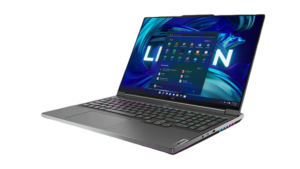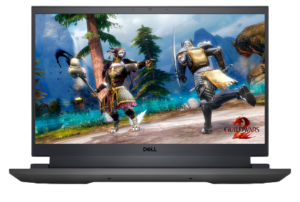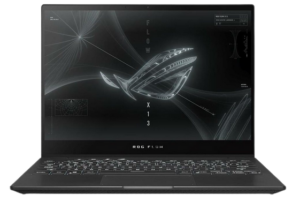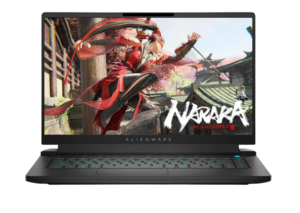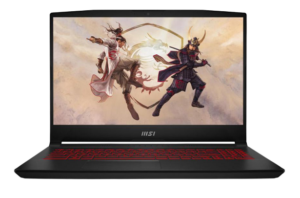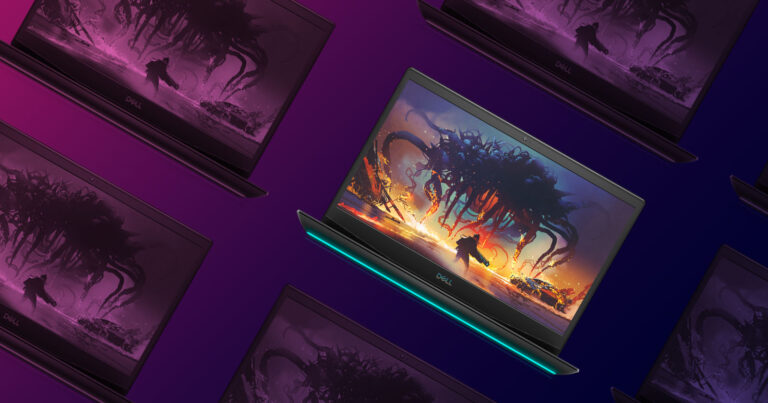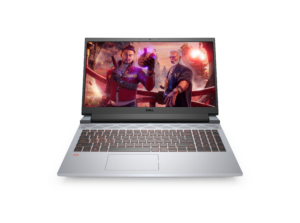Optus Mobile Review ALDI Mobile Review Amaysim Mobile Review Belong Mobile Review Circles.Life Review Vodafone Mobile Review Woolworths Mobile Review Felix Mobile Review Best iPhone Plans Best Family Mobile Plans Best Budget Smartphones Best Prepaid Plans Best SIM-Only Plans Best Plans For Kids And Teens Best Cheap Mobile Plans Telstra vs Optus Mobile Optus NBN Review Belong NBN Review Vodafone NBN Review Superloop NBN Review Aussie BB NBN Review iiNet NBN Review MyRepublic NBN Review TPG NBN Review Best NBN Satellite Plans Best NBN Alternatives Best NBN Providers Best Home Wireless Plans What is a Good NBN Speed? Test NBN Speed How to speed up your internet Optus vs Telstra Broadband ExpressVPN Review CyberGhost VPN Review NordVPN Review PureVPN Review Norton Secure VPN Review IPVanish VPN Review Windscribe VPN Review Hotspot Shield VPN Review Best cheap VPN services Best VPN for streaming Best VPNs for gaming What is a VPN? VPNs for ad-blocking That’s probably the reason why sales for gaming laptops are at an all-time high. Nowadays, nearly every big name in computers has a gaming sub-brand fighting for consumers’ attention and dollars. Despite that popularity, manufacturers haven’t made much progress in making the process of finding the best gaming laptop your money can get any more straightforward. We’re here to help fill in the gaps with this round-up of the best gaming laptops you can buy in Australia. The latest Lenovo Legion 7i isn’t cheap, but the high price involved also includes all the bells, whistles, and performance you could want from a gaming laptop. There’s an expansive 16-inch WQXGA IPS display clocked at 165Hz. There are also the best-in-class Intel Core and Nvidia RTX chips, up to 32GB of DDR5 RAM and up to 2TB of onboard storage. More than just piling on the right parts and ticking all the right boxes, the Lenovo Legion 7i elevates a familiar formula through smart innovations like the inclusion of a vapour chamber, Lenovo’s own ColdFront 4.0 fan tech and a suite of software tools that make optimising the performance of the hardware here easy and instant. Wrapped up in stylish looks and ports aplenty, the Lenovo Legion 7i is currently our pick for the best gaming laptop you can buy. Even if the display on the baseline Dell G15 is only FHD when it comes to quality, it’s more generous when it comes to size and refresh rate than many other laptops in its class. What’s more, it comes in both AMD and Intel varieties. The Intel-based version of the laptop relies on an Intel Core i5-12500H as standard, but this can be upgraded to an Intel Core i7-12700H for an extra $200 or so. If you’re looking at sticking with the G15 for the long haul and squeezing as much performance out of it as possible, this is surcharge is probably one worth paying. On the other hand, those looking to squeeze every bit of possible savings should seriously consider the Ryzen-based version of the G15. This model boasts an AMD Ryzen 5 6600H processor, an Nvidia GeForce RTX 3050 graphics card, 8GB of DDR5 RAM and 256GB of PCIe NVMe M.2 SSD storage. The Dell G15 won’t let you crank up the in-game settings in the way that something twice its price will, but if you’re looking to do a modest amount of gaming on the go, it’s our pick for the best way to go about it. Under the hood, the ASUS ROG Flow X13 is kitted out with an AMD Ryzen 6900HS processor, 16GB of RAM, 1TB of SSD storage and your choice of either AMD Radeon 680M, Nvidia GeForce RTX 3050 or Nvidia GeForce RTX 3050 Ti graphics. Adorned with a 4K IPS display clocked at 60Hz, the ASUS ROG Flow X13 is geared up to provide plenty of gaming goodness for years to come. Beyond the usual high-performance mobile processors mentioned above, the Alienware M15 R7 is also kitted out with up to 32GB of DDR5 RAM, up to 1TB of SSD storage and (for those who can afford it) discrete graphics that range from the more-than-modest Nvidia GeForce RTX 3060 to the mighty Nvidia GeForce RTX 3080 Ti. Throw in a 15.6-inch IPS display that can be bumped up when it comes to both the resolution (up to 4K) and refresh rate (up to 240Hz), and the sum total of what the Alienware M15 R7 delivers is nothing short of a feast for those looking to game on the go or a full-blown desktop replacement. Within MSI’s broader gaming laptop portfolio, the MSI Katana GF66 makes a strong case for itself as the “Goldilocks” option. It’s not the most powerful nor the most compact machine in MSI’s stable, but it’s going to be just right for the price for most consumers. Last year’s ASUS ROG Zephyrus G15 incorporates a best-in-class AMD Ryzen 9 5900HS processor, one of Nvidia’s latest GeForce RTX 3000 Series GPUs and a 15.6-inch WQHD display with a 165Hz refresh rate. Throw in a few everyday ergonomic quality-of-life inclusions such as a larger touch-pad and an ergo-lift hinge that provides a more everyday typing experience, and the fundamental maths here leaves the Zephyrus G15 kitted out to deliver exactly the experience you’d hope and expect of it. With Dolby Atmos speakers, an intelligent cooling system and a surprisingly large battery, the ROG Zephyrus doesn’t settle for doing more with less. Instead, it just does more. The results delivered by the machine’s internal specs come augmented by practical external features that push the experience just that bit further than the competition.
Screen size and type: Unlike upgradeable components like your GPU, RAM and storage, you’re stuck with the display you buy when you purchase a laptop. Is it a comfortable size? Does it offer a wide-viewing angle? Resolution: Similarly, you can’t change your display’s resolution after the fact. 1080p (Full HD) is the bare minimum these days and most laptops worth their price tag aim for 1440p at least (QHD or QuadHD) but you can also opt for 4K if you’re willing to spend a little extra. Refresh rate: A screen’s refresh rate is the measurement of how frequently it changes. If you play fast-paced multiplayer games like Call of Duty, you know that the difference a few milliseconds that a high refresh rate gets you can count for a lot. The higher the refresh rate, the better. Most conventional laptops offer 60Hz to 90Hz but fancier gaming laptops can offer 144Hz, 165Hz or even 240Hz screens. Ports and connections: Like your screen, ports will impact your everyday experience with a laptop, particularly if you use it for work. While you can work around this with USB hubs and adapters, a laptop with fewer ports than you need can quickly become a headache. Future-proofing: There are no hard and fast rules here but as a general suggestion, you’ll want to sure you’re laptop has the legs to survive a few years of technology improvements in any way you can. You can overshoot on your desired specs, spending more on a machine that’s more powerful than you currently need, or opt for a model or brand that has support for upgrades down the track. Check which features of the machine are upgradeable. The Dell XPS 15, for example, supports additional RAM, while Apple MacBooks do not.
Check out our dedicated laptop buying guide for more suggestions on shopping for the best laptop for your needs. If your next laptop doesn’t support upgrading your RAM later down the line, it’s usually smart to overshoot and aim for 32GB of RAM instead. If you’re looking to find out just how fast the RAM in your laptop is, the quickest way to do so is to identify the type of memory and then Google the standard expected speeds that it should offer. For example, LPDDR5 offers speeds of up to 6400Mbps while DDR4 memory can only rev up to 3200Mbps. If you want to go one step further and determine whether the RAM in your laptop is delivering the speeds it should be capable of offering, then it might be worth putting the hardware to the test with a benchmarking tool like Novabench. Simply put, laptops of this price segment tend to sidestep all the compromises of going cheaper while getting most of the performance you’ll get from spending more. If you’re going purely by the numbers, the Intel Core i9 is going to provide the best results. However, it’s also the most demanding in terms of thermal management. A laptop running an Intel Core i9 processor will be faster than one with an Intel Core i7 or Core i5, but it’ll also run hotter. If you’re an everyday or more casual user, an Intel Core i5 is probably going to be fast enough for you. If you’re more discerning or planning to play a lot of games, then the up-sell to an Intel Core i7 probably makes sense. As with desktop PCs, the processor is only part of the picture, however. If your laptop lacks enough RAM or relies on a slower hard drive for file storage, that’ll act as a bottleneck on the performance of the machine as a whole.
